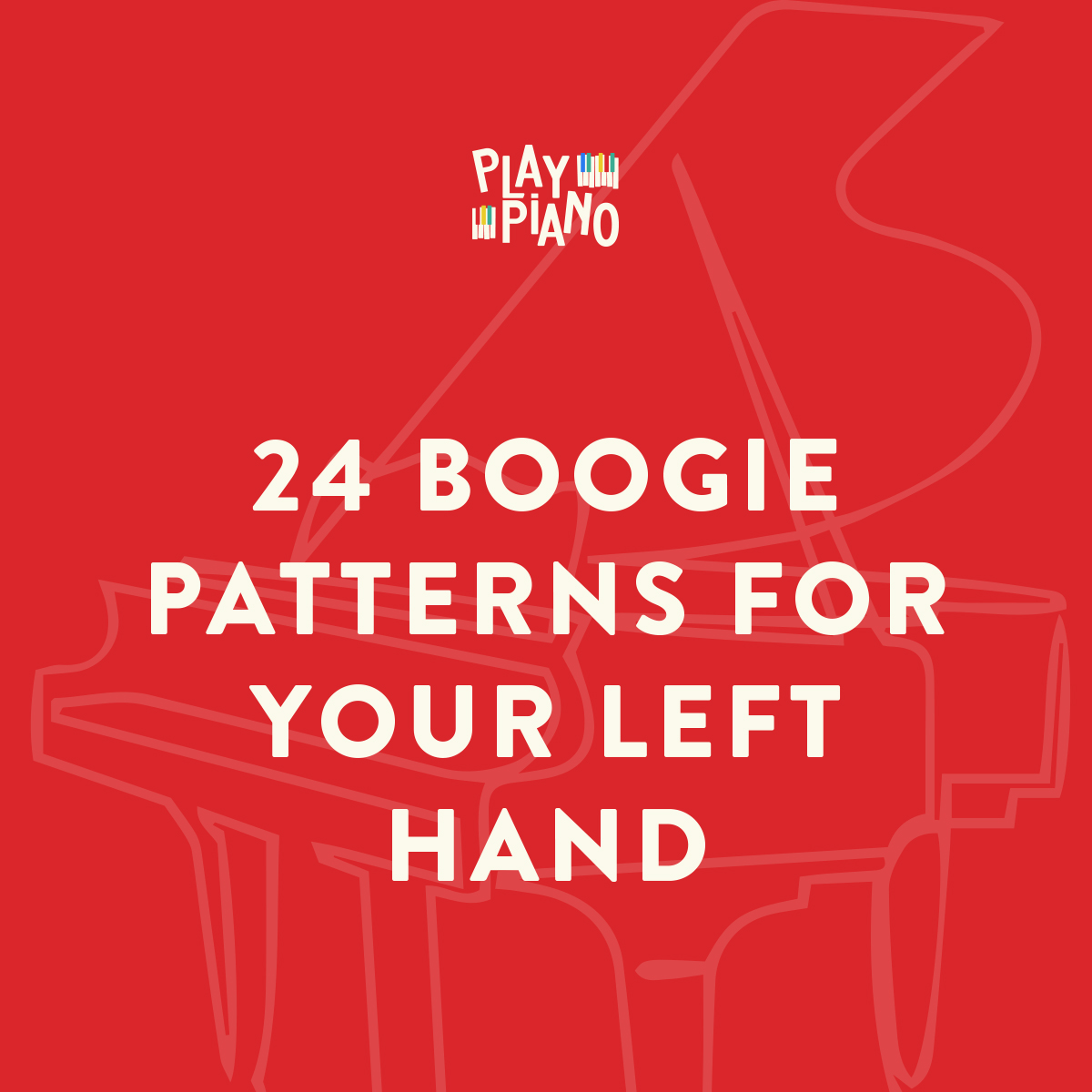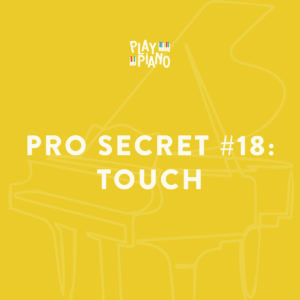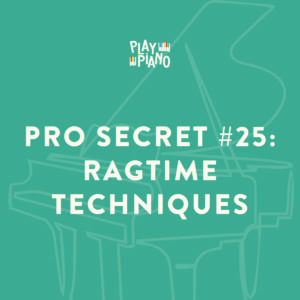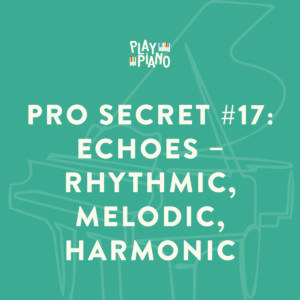Description
Need we say more? You get each pattern in printed format and demonstrated on the Instructional Audio CD that comes with it. Become a boogie-man (or boogie-lady) – Only $39. for the entire 12-pattern course!
Would you like to learn how to play boogie? I think most every piano player would like to be able to at least play a little, if for nothing else than to entertain friends or just for one’s own enjoyment.
The key is to learn a few left-hand patterns that are used all the time in boogie – and they are really not hard at all.
Boogie woogie music has been around for close to a century but it wasn’t until the ’30s and ’40s that it became a hit. It is a variety of blues played on a piano. but whereas blues are typically associated with stirring up lots of emotions, boogie woogie is played to be danced to. In fact, most early boogie woogie songs contained lyrics instructing listeners how to dance to the tune. A number of piano musicians have tried their hand at boogie woogie, with Albert Ammons being one of the many musicians who had a big influence on boogie woogie with his hit “boogie woogie stomp.”
For first timers, playing boogie woogie can be challenging but if you already know how to play piano to some degree, learning to play boogie woogie should be not be a big problem. To create the most basic boogie woogie, just create a repeating bass line, add the famous 12-bar blue pattern, and you’d have created a recipe for fun and entertainment.
“I didn’t think anybody could play like that. Jools has got the left hand that never stops”
When B.B ‘King of the Blues’ King said this about Jools Holland, it was not only a massive compliment, but also an important acknowledgement that being a good boogie pianist relies a lot on what the player does with his left hand than with his right. Since the broken octave bass is the most common sound in boogie woogie, it should be the first pattern you should learn to play. Producing the sound involved using the little finger to play the bass line while using the thumb to echo the same note an octave above.
Learn the left hand bass line patterns
The main part of playing great boogie woogie involves using the left hand to play a set ostinato figure as described above. This pattern typically runs independent of the right hand and mostly follows a 12 bar blues chord structure. This leaves the right hand free to ‘comp’ — play bogie riffs and improvise a melody around the chord progression.
This is a typically boogie bass line in the key of C. It follows the basic rules of progression, which is 4 bars on the I chord (C), 2 bars in the IV chord (F), 2 bars back on the C, 2 bars on the V chord (G) and finally back to 2 bars of the C. The most vital move you should master is the change of your left hand’s position in the last tone of the preceding bar to the chord change. For instance at the end of bar 4, F is already the last note even though the bar belongs to the tonic part in C. In boogie woogie, this creates extra drive by anticipating all upcoming change in chord.
Boogie bass lines are the foundation of piano boogie music, strive to play them with a relaxed feeling and you will be rewarded with a firm foundation for any improvisation you make with your right hand. But a lot of accuracy is required so you may have to play with a rigid hand at first; once you achieve the correct hand position, you need to keep your hand in that position. This makes it easier to hit that elusive top note that most people have problems perfecting. Moreover, getting the correct hand position is quite easy; just position your hand so that your thumb is always in the required position to hit the top note.
Once you’ve mastered the bass line, you can choose to use any number of song intros and develop your melody to suit your song.
As you can see, anyone who knows how to play the piano can learn how to pay boogie piano. Of course, learning it can be challenging since both hands are tasked with making movements they are normally unaccustomed to but this doesn’t mean that you will not be able to learn it all. Since it is the most problematic to new boogie players yet the most vital component of the music, keep repeating the left hand pattern till it’s ingrained in your fingers. Playing boogie piano won’t be hard as long as you have a feeling for melody, rhythm and harmony which you probably already have as a piano player.
You Will Learn 24 Boogie Patterns!
- Â Walk the stairs pattern
- Western boogie
- Western with a flat 7th boogie
- Half-Step Dip-Down Boogie
- Elephant Walk Boogie
- And 20 More!








Reviews
There are no reviews yet.